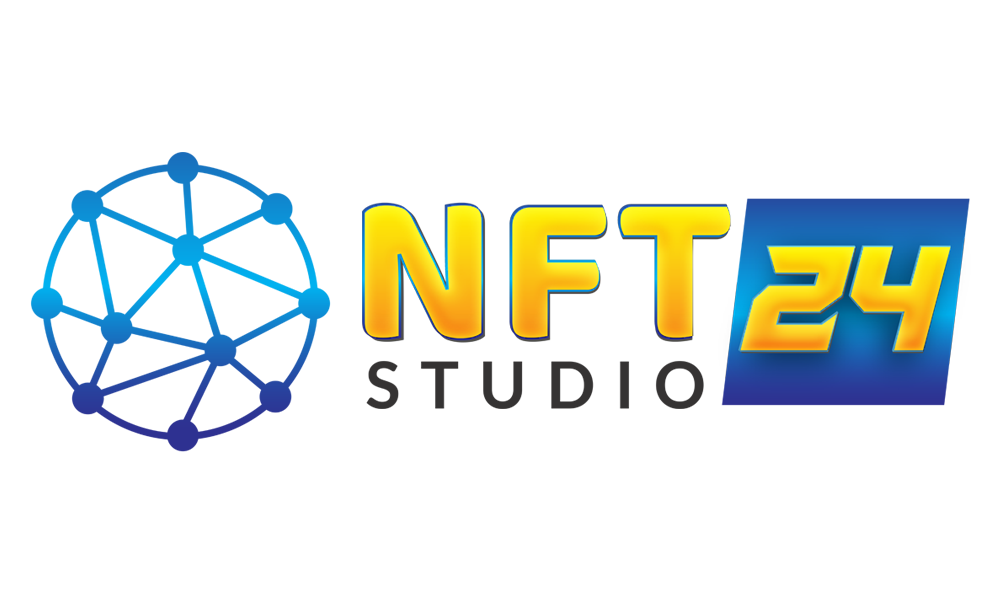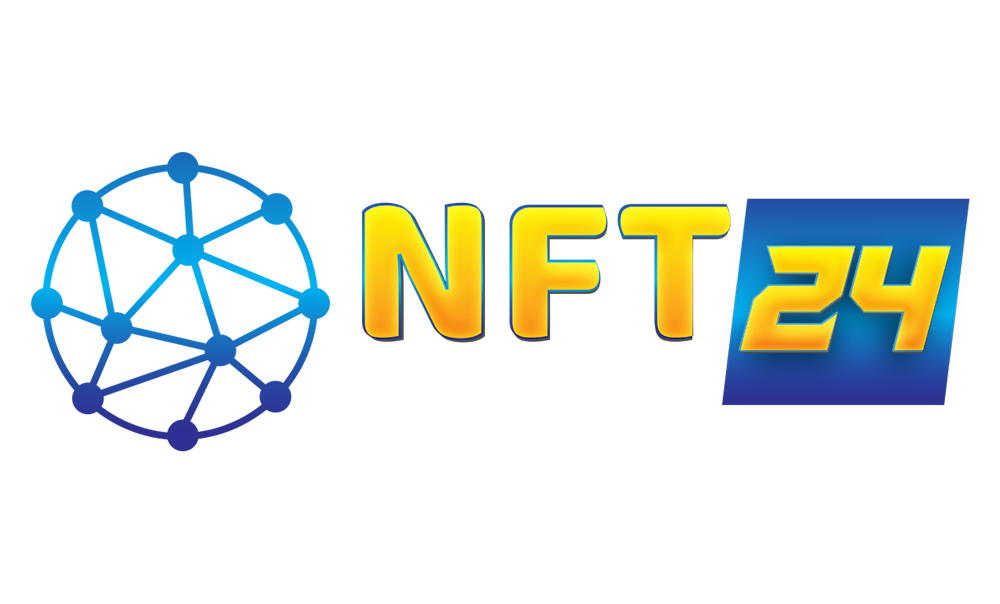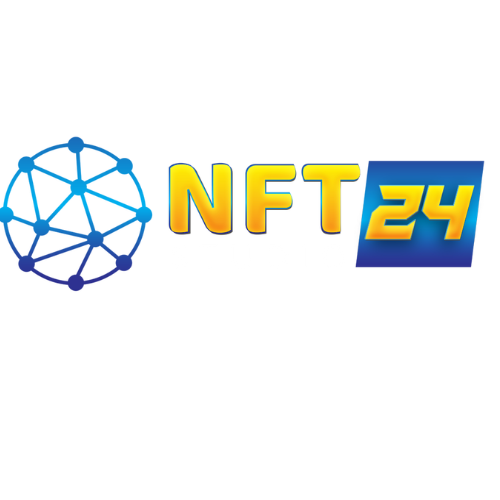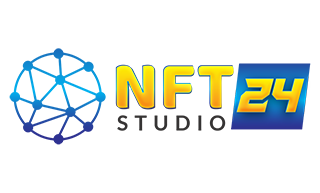Decentralized Autonomous Organizations, DAOs can be seen as digital organizations. They are operating on the technology of blockchain which is the same technology as cryptocurrencies like BTC, ETH, etc. DAOs can be seen as organizations where decisions are made by their members rather than any upper body. Decentralized means no individual is making a decision. Everyone has equal rights. Autonomous means DAO operates on its own with the help of smart contracts on the blockchain. Organizations means companies but there are members with tokens instead of employees.
How does DAO work?
DAOs are written as smart contracts set on the blockchain. These contracts define the game rules. Once the rules are set, they cannot be modified unless the majority of members vote for them. The interesting thing about DAO is that any member can suggest a new project to fund or change the rule, and then everyone votes. So, if the proposal gets a majority vote, a new smart contract goes into the proposal. There is no need for mediators or arbitrators. DAO is all about knowing how power, decision-making processes, and automation are working interconnectedly in blockchain technology. However, it is significant to ensure that control is fairly and evenly distributed.
Joining DAO:
User must research various DAOs, and look into their values, missions, and governance structure. DAOs are different from one another, so it is important to find the one that aligns best with user demand, values, and interest.
DAO operates on blockchain technology and uses digital currency for transactions. So, the users must buy some cryptocurrency, like any Bitcoin BTC, Ethereum, etc., to become DAO members.
Once the user has bought cryptocurrency, they will need a digital wallet to connect their crypto to the DAO platform. User’s right to vote and their ownership stakes are stored in the form of DAO tokens inside the wallet.
However, users have to buy DAO Tokens to have more influence in DAO decision-making. After buying user becomes a member of DAO. They can participate, vote on proposals, and community contributions, and take part in discussions. A DAO can become strong only when its members are strong.
DAOs Examples:
There are some real-world examples of DAO which will help us understand the working of DAO and its implications.
MakerDAO:
MarkerDAO can be seen as the perfect blend of finance and blockchain. They manage DAI stablecoins which are worth approx., $1 million. Its members get to vote on various decisions like risk parameters and system upgrades.

Aragon:
If someone wishes to start their own DAO, they can use Aragon to help them with the process. It has tools that can create and manage DAO from governance to fundraising.
Decentraland:
It has the technology to provide users with their personalized virtual land, users can govern this virtual land. Users can buy the land, build it, and take part in that digital world.

Uniswap:
It can be seen as the most suitable example of decentralized finance DAO. It is a crypto exchange platform that helps users to trade directly with one another without any third party. It is controlled by the UNI token holders.

Creating a DAO:
Creating a DAO is a step-by-step process that helps in a better understanding of DAO.
Firstly, the user needs to identify the purpose of DAO, what are their goals, and what they want to achieve. The goal can be anything varying from running a decentralized finance platform to managing a community project. After that, the rules of DAO must be defined, which are DAO smart contracts. This includes decision-making, funds management, working of the organization. These can also be seen as the constitution of DAO.
After setting the rules, it is time to deploy DAO on the blockchain. After this, decentralization comes in and user have to use crypto platforms like ETH or BTC that can support their smart contracts. After this, comes the marketing of your DAO where you have to compel people that your DAO is the best one worth joining and funding. This process can be executed by offering tokens sharing vision and telling the benefits of DAO. Lastly, grow and manage your DAO, this includes starting new projects, decision-making and regularly taking feedback to improve your DAO so that it will be sustainable and preferable in the long term. DAO can only be strong if its community is strong.
DAO Governance:
We all have seen decision making of traditional organizations where few selected members make all the decisions but in DAO it is different. Here, every single participant gets a chance to vote and express their opinion. This is all due to the blockchain technology. Dao members can propose new ideas and projects that can be anything varying from new ideas or any change in DAO operations. Once the idea is set on the table, every member will have to vote and the more token a member has, they can cast more votes. This is also known as the token-based governance model.
It is inclusive, democratic, and transparent which shows that any lead or success in DAO is due to its member’s participation. If the members are active and initiative-taking, DAO will be very successful and vice versa. However, the governance of DAO is not rigid. It can adapt and change according to its member’s growing demands and needs, if most members agree on one thing, they can change it.
How to Invest in DAOs
Investing in DAO is a simple step-by-step process:
- Research: Understand and research various DAOs and their prerequisites. Identify their goals, their structure of governance, and their old projects. Users must be confident and sure that the particular DAO is fulfilling their interests and demands.
- Purchase Tokens: after choosing the best-suited DAO, it is important to purchase tokens. These tokens provide voting rights in the DAO. These tokens can be purchased on many exchanges of crypto.
- Participate: purchasing is not the end, members must be fully involved in it. They should participate in proposals, discussions, and voting to make the DAO more successful.













